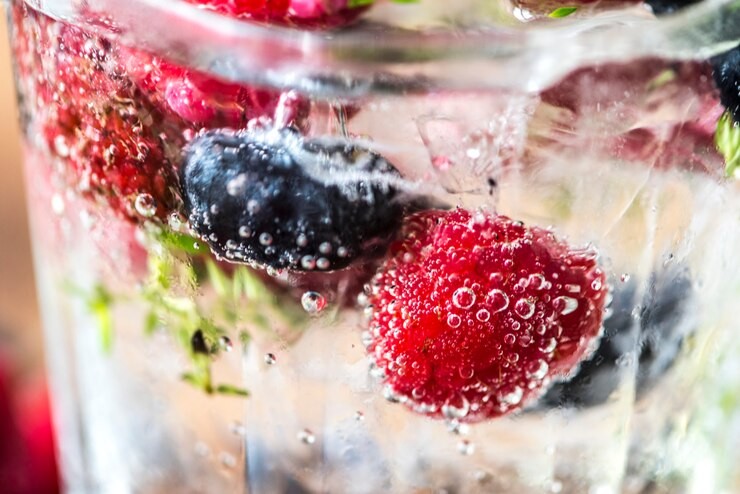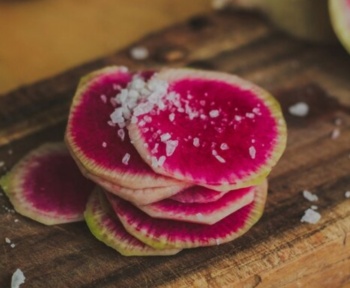Introduction
Have you ever had that moment where you wish you could make fruit a bit more exciting? You know, something that’s both fun and refreshing—like adding bubbles to your favorite snack. Believe it or not, you can carbonate fruit with dry ice! It’s not some science experiment you’d only see in a lab; it’s an easy and fun way to make your fruit pop. This guide will explore how to carbonate fruit with dry ice, what fruits work best, and all the little details you need to get it just right. Let’s get into it!
What Is Dry Ice?
Dry ice is pretty cool (pun intended). It’s just frozen carbon dioxide (CO2), which makes soda bubbly and the air you breathe. But here’s the kicker: it doesn’t melt into liquid like regular ice. Instead, it sublimates, which means it turns straight into gas. When you toss it into a container with fruit, the gas fills the space, infusing your fruit with carbonation. Think of it like giving your fruit its fizzy makeover.
But don’t get too excited yet—dry ice is freezing cold at around -78°C (-109°F), so it’s essential to handle it carefully. It can cause burns, so make sure to wear gloves and goggles and never touch it with bare skin. Safety first!
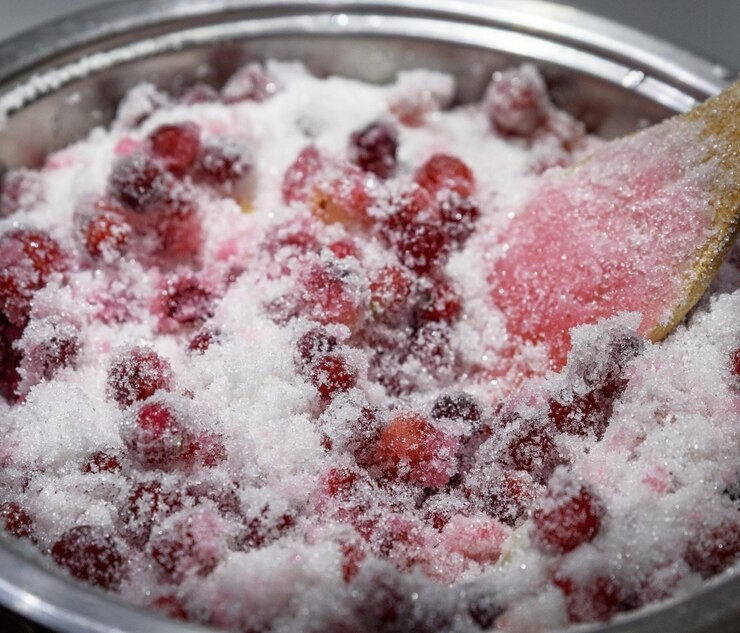
What Does It Mean to Carbonate Fruit?
Carbonating fruit means adding CO2, creating those little bubbles in soda or sparkling water. It’s like giving your fruit a fizzy surprise. The good news is that it doesn’t change the flavor. You’re still tasting apples, grapes, or whatever you choose, just with a bit of fizzy texture like no other.
Mixing up your snack routine and making even the most straightforward fruit feel like a treat is fun. Plus, it’s a great conversation starter when you’re serving it at a party!
How Does Carbonating Fruit with Dry Ice Work?
If you’ve never tried carbonating fruit before, it’s pretty easy. Here’s how you can do it:
- Pick the Right Fruit: The best fruits for carbonation are dense and firm, like apples, grapes, and citrus fruits. Soft ones like bananas are better left out—they don’t hold the bubbles very well.
- Gather Your Supplies: Dry ice, gloves, goggles, and an airtight container. Ensure you have a safe space for this (like an outdoor area or somewhere well-ventilated).
- Get Carbonating:
- Break the dry ice into small chunks. This will help it sublimate faster.
- Place your fruit in the airtight container (ensure there’s room for the CO2 to fill the space).
- Add the dry ice into the container, close it quickly, and give it 5–10 minutes.
- During this time, the dry ice will start filling the container with CO2 gas, carbonating the fruit.
- Serve Immediately: Carbonated fruit doesn’t last forever—once the gas escapes, it loses its fizz. So, serve it immediately and let everyone enjoy the fizzy goodness.
For a better experience, try mixing a few different types of fruit. It’s all about finding the right balance.
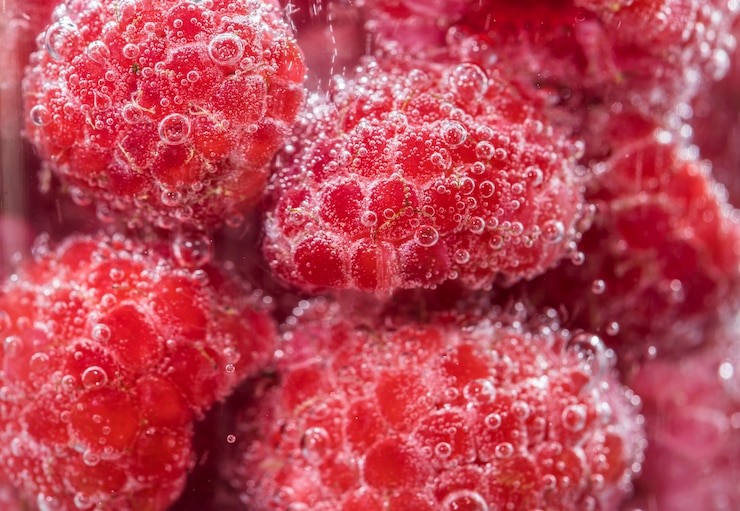
Benefits of Carbonating Fruit with Dry Ice
You might wonder, “Why should I bother carbonating my fruit?” Good question! Here are some reasons why it’s worth trying:
- Fizzy Fun: Adding bubbles to fruit makes it feel more special. It’s like giving your snacks a party vibe without hassle.
- Visually Impressive: The fog that comes with dry ice adds a bit of drama. You can serve it at a dinner party or special occasion, and everyone will be impressed by your “mad scientist” skills.
- Healthier Than Soda: We all love a fizzy drink, but soda’s full of sugar. With carbonated fruit, you get the bubbles without all the sugar—plus, you’re eating something healthy.
- Perfect for Events: Whether you’re hosting a casual get-together or a fancy dinner, fizzy fruit is bound to be a hit.
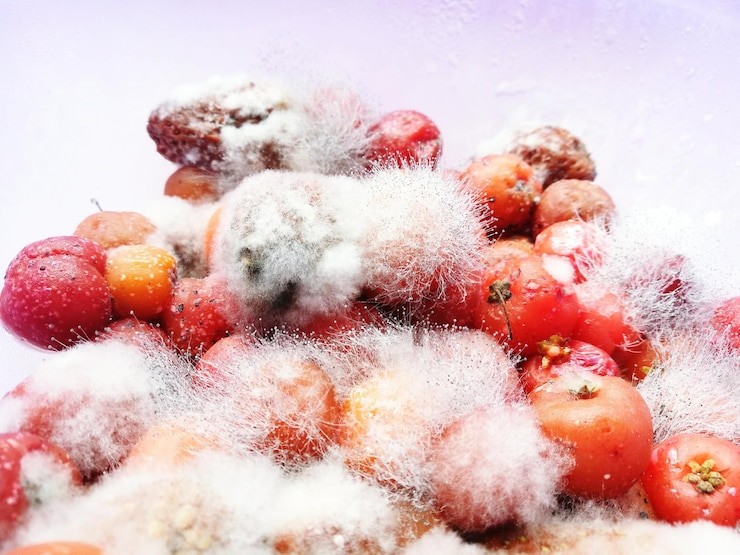
Safety Considerations When Using Dry Ice
Okay, so we’re all about fun, but dry ice can be dangerous if you’re not careful. Here are a few safety tips to keep in mind:
- Use Gloves: Dry ice is freezing cold and can give you frostbite if you touch it directly. Always wear gloves when handling it.
- Goggles are a Must: If you’re breaking the dry ice, goggles can protect your eyes from any little bits that might fly around.
- Ventilate Your Space: Dry ice turns into CO2 gas, which can displace oxygen in a closed space. Make sure your area is well-ventilated.
- Store Dry Ice Properly: Never store dry ice in an airtight container because it can build up pressure and cause the container to explode. Store it in a cooler with the lid slightly open.
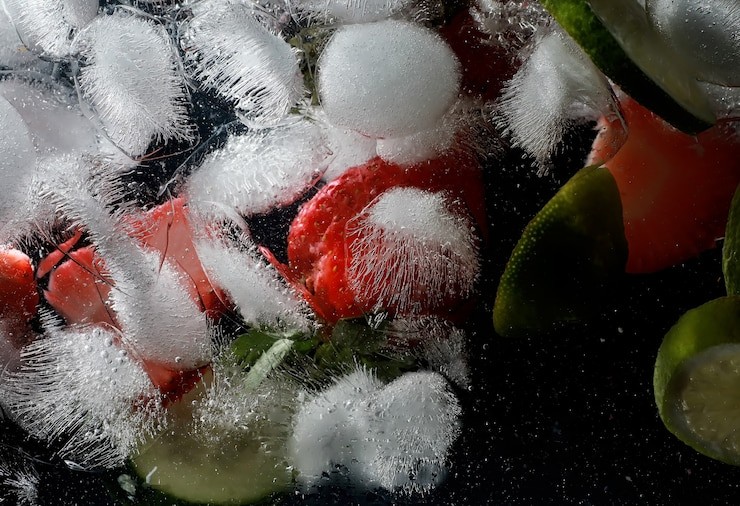
Can You Carbonate All Fruits with Dry Ice?
Not all fruits are cut out for carbonation. Let’s break it down:
- Citrus fruits: Think lemons, limes, and oranges—these are perfect because they have firm skins and juicy interiors that hold the CO2 well.
- Apples and Grapes: These are dense enough to absorb the CO2 and hold the carbonation inside.
- Bananas: Not so much. They’re too soft to hold the bubbles, so skip these.
Table 1: Best Fruits for Carbonation

Alternative Methods of Carbonating Fruit
If you don’t have dry ice, don’t worry! There are other ways to carbonate fruit:
- Carbonated Water: This is the simplest method. Just soak your fruit in carbonated water for a few minutes, and it’ll absorb the bubbles.
- Soda Chargers: These gadgets allow you to inject CO2 into a sealed container for drinks and fruit.
- CO2 Tanks: You should use a CO2 tank for big batches, but this is more of a professional setup.
Comparison Table: Methods for Carbonating Fruit

Trending Content: The Rise of Carbonated Foods
Carbonated foods are becoming more popular in kitchens around the world. Chefs are experimenting with many bubbly treats—think carbonated desserts, snacks, and even candy! Carbonated fruit is just the beginning. Other trending items include:
- Carbonated Ice Cream: Fizzy ice cream exists, and it’s every bit as fun as it sounds.
- Carbonated Candy: Imagine candy that crackles and pops as you eat it!
As carbonation in food continues to rise in popularity, it’s clear that chefs and home cooks alike are having fun with this fizzy trend.
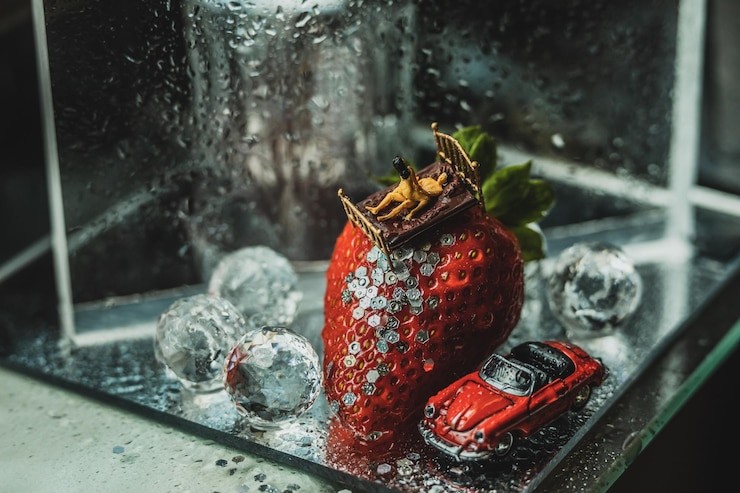
How to Serve and Present Carbonated Fruit
Once your fruit is fizzy and ready to go, it’s time to serve it! Here are some fun ideas to wow your guests:
- As Cocktail Garnish: Use carbonated fruit as a garnish for cocktails or mocktails. It’s a fun touch that adds a little sparkle to the drink.
- In Fruit Salads: Adding some carbonated fruit to a regular fruit salad gives it an extra pop (literally!).
- As a Dessert, Serve it with cake or ice cream for a refreshing, fizzy finish.
Tips and Best Practices for Carbonating Fruit
To get the best results, keep these tips in mind:
- Pick Firm Fruits: Dense fruits like apples, grapes, and citrus work best for carbonation.
- Use Airtight Containers: CO2 must stay inside the container for the fruit to carbonate properly.
- Don’t Overcrowd: If your container is too full, the gas won’t circulate well, and the carbonation won’t be as adequate.
- Serve Quickly: The carbonation fades fast, so enjoy your fizzy fruit immediately!
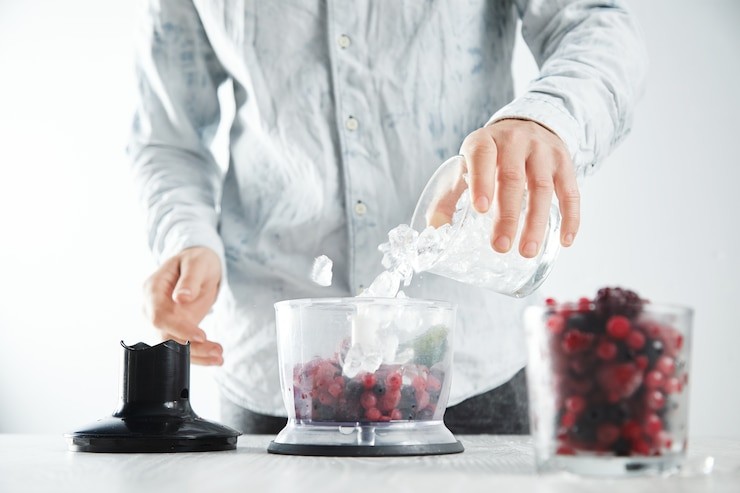
Interview: A Chef’s Take on Carbonating Fruit with Dry Ice
We chatted with Chef Michael, known for his creative use of dry ice in the kitchen. Here’s what he had to say:
“Carbonating fruit is one of those little tricks that impresses everyone. It’s not just the fizzy factor, but the way it changes the texture of the fruit. You get a whole new eating experience. It’s fun, refreshing, and it’s a great way to elevate simple ingredients.”
Conclusion
There you have it! Carbonating fruit with dry ice is a fun and easy way to add some sparkle to your meals or events. Whether you’re hosting a party, trying out new kitchen experiments, or just looking for a terrific way to enjoy your favorite fruits, it’s a simple process sure to impress. Just remember to stay safe and handle dry ice carefully. Ready to try it out? Grab some dry ice and let the fizzing begin!
FAQs
Not all fruits are suitable for carbonation. Firm fruits like apples, grapes, and citrus work best as they hold carbonation better. Soft fruits like bananas may not retain the bubbles as effectively. Choose fruits with a dense texture for the best results.
The dry ice usually takes about 5 to 10 minutes to carbonate the fruit. The CO2 gas fills the container, allowing the fruit to absorb the bubbles during that time. Afterward, the fizz begins to fade, so it’s best to serve it immediately.
Dry ice is freezing and can cause frostbite if not appropriately handled. Always wear gloves and goggles when working with dry ice. Store it in a well-ventilated area and avoid sealing it in airtight containers to prevent dangerous pressure buildup.
Carbonated fruit is safe to eat, but there are some safety precautions to remember when handling dry ice. Be sure to handle dry ice carefully to avoid burns or injuries, and only consume the fruit after carbonation, not before the dry ice has fully sublimated.
Yes! If you don’t have dry ice, you can carbonate fruit using carbonated water or soda chargers. Soaking the fruit in carbonated water for a few minutes will allow it to absorb some bubbles. However, the effect may not be as intense as dry ice.


